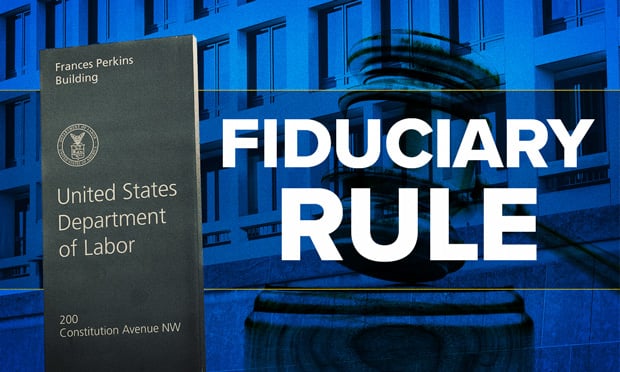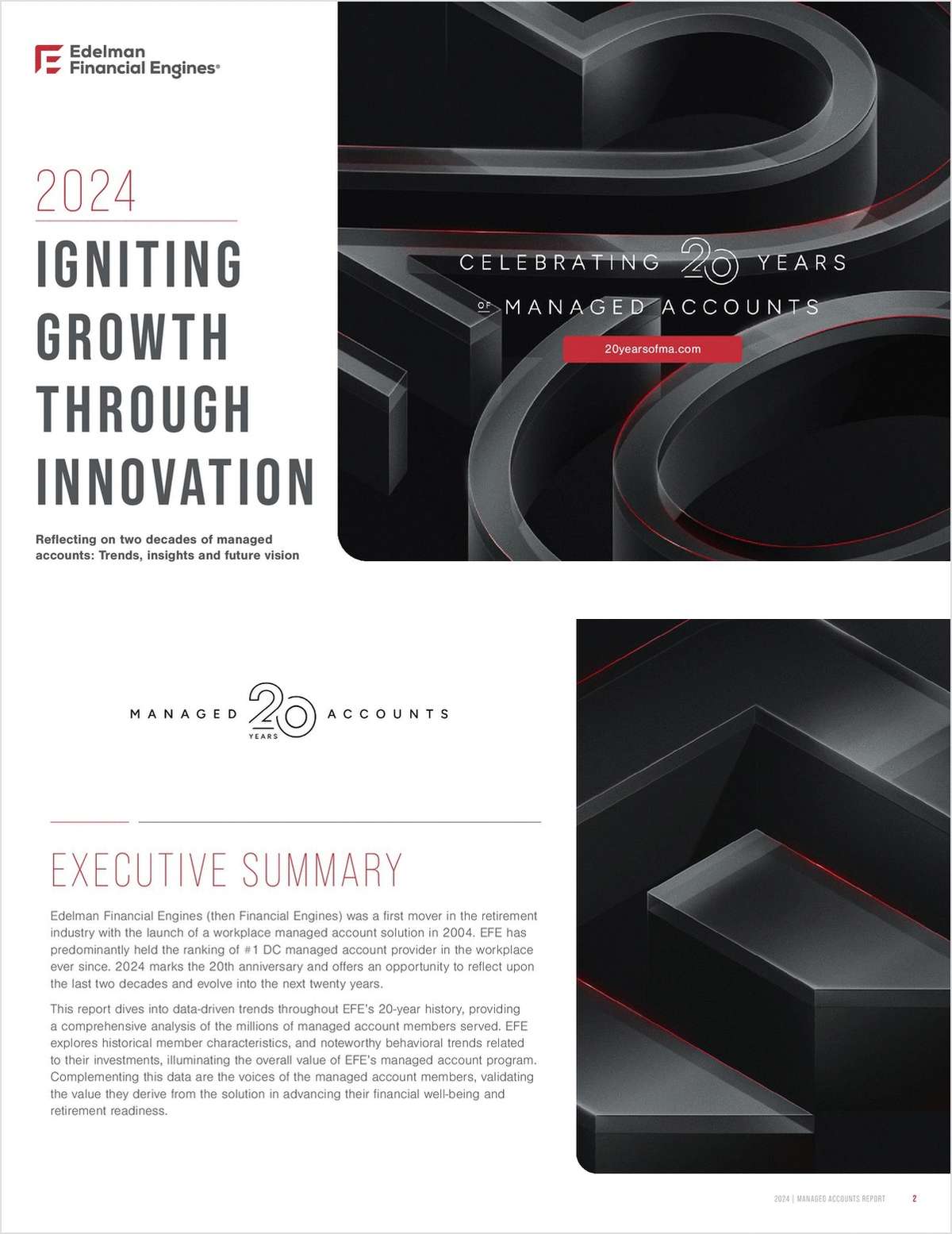 The global pandemic has had a major impact on health claims. In 2020, the Milliman Medical Index (MMI) indicated a decrease in year-over-year health care costs for the first time in history. The decrease in 2020 health care costs can be attributed to individuals who postponed their medical treatments during the peak pandemic years of 2019 and 2020. Their delays, however, exacerbated their medical conditions, resulting in higher costs over the past two years. MMI reported that health care costs for 2021 had increased by 13.2% and it projects costs to grow an additional 4.6% from 2021 to 2022.
The global pandemic has had a major impact on health claims. In 2020, the Milliman Medical Index (MMI) indicated a decrease in year-over-year health care costs for the first time in history. The decrease in 2020 health care costs can be attributed to individuals who postponed their medical treatments during the peak pandemic years of 2019 and 2020. Their delays, however, exacerbated their medical conditions, resulting in higher costs over the past two years. MMI reported that health care costs for 2021 had increased by 13.2% and it projects costs to grow an additional 4.6% from 2021 to 2022.
For health care plan sponsors and their benefit advisors, consultants and brokers, understanding the current market for medical stop loss insurance is essential. Best's Market Segment Report, "More Self-Insured Plans Drive Stop-Loss Segment Growth", reports that the stop loss insurance segment grew to $25.2 billion in 2020. This report also noted that the number of claims covered by stop loss insurers has grown in tandem with the increasing number of high-cost medical treatments. Greater knowledge and insights into this coverage intended to help contain plan sponsors' health care costs is critical to making the right medical stop loss decisions.
The medical stop loss market today
Based on data reported in the AMWINS Group Benefits and Stealth Partner Group's "Stop-Loss State of the Market Report, June 2022," 64% of covered workers are enrolled in a self-funded plan, with 62% of those plans covered by a medical stop loss policy. The report also noted that total earned medical stop loss premium increased to $26.8 billion in 2021, representing a 4.8% growth rate year-over-year. There are clear drivers of the growth in medical stop loss coverage. The Affordable Care Act introduced increased cost obligations to health care plan sponsors which, in turn, prompted more organizations to become self-insured. When COVID-19 struck, these self-funded plans saw more claims coming from nontraditional sources, such as younger employees, as evidenced by QBE North America's findings that the average age of a claimant had gone from 54 in 2020 to 49 in 2021, concurrent with average claims growing by 87%. Specifically regarding COVID-19-related medical stop loss claims, QBE reported that they increased by 108% from 2020 to 2021. The claims were attributable to a broader cross-section of ages with youngest age group (0-29) having increased five-fold, and this age group along with those aged 30-39 having claims through April 2022 reaching levels similar to all claims in 2021.
Continue Reading for Free
Register and gain access to:
- Breaking benefits news and analysis, on-site and via our newsletters and custom alerts
- Educational webcasts, white papers, and ebooks from industry thought leaders
- Critical converage of the property casualty insurance and financial advisory markets on our other ALM sites, PropertyCasualty360 and ThinkAdvisor
Already have an account? Sign In Now
© 2024 ALM Global, LLC, All Rights Reserved. Request academic re-use from www.copyright.com. All other uses, submit a request to [email protected]. For more information visit Asset & Logo Licensing.








